In April I read four Books (Living at the Edges of Capitalism; Vertigo; The Skin; and The Passion According to G. H.) watched three Movies (Black Sunday; Beyond the Black Rainbow; and The Bird with the Crystal Plumage) and two Documentaries (Hotel Terminus; and Newtown). I wanted to write detailed reviews of some of them, especially the first book, but I am up to my ears in other projects at the moment so these are even more inadequate than my already inadequate reviews. A star system is looking more and more appealing all the time…
Books
1. Living at the Edges of Capitalism: Adventures in Exile and Mutual Aid by Andrej Grubačić and Denis O’Hearn.
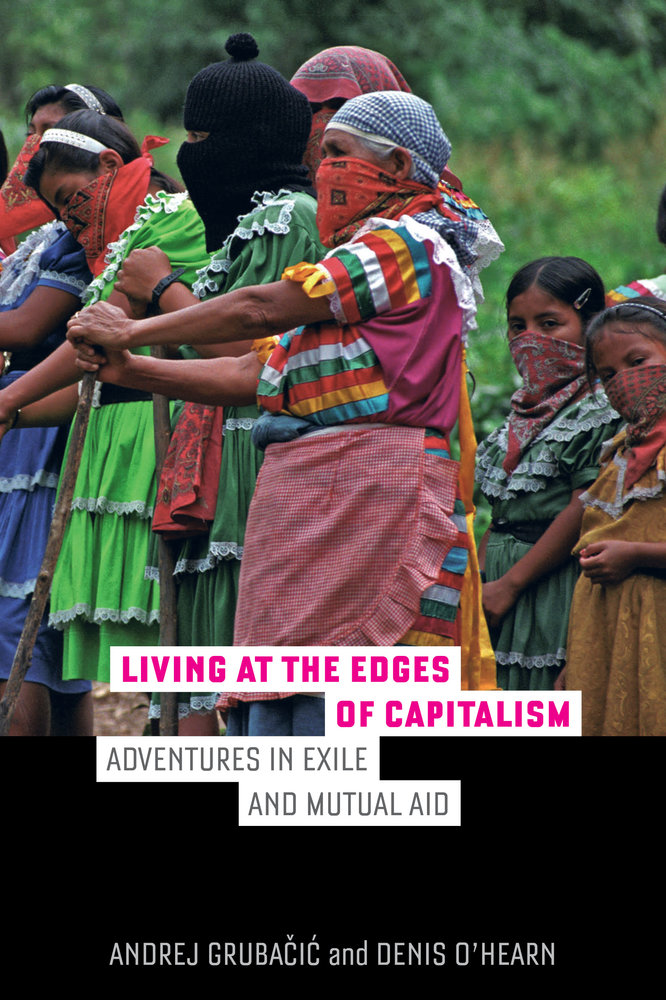
This is a phenomenal book, exploring the “insurgent citizenships” that can form in the liminal spaces at the edge of capitalism (and the State powers that serve capitalism). It follows in the footsteps of historians and social theorists like Peter Kropotkin and James C. Scott in exploring “adventures in exile and mutual aid” but does so in relation to Don Cossacks, Zapatistas, and prisoners in solitary confinement in Ireland, Turkey, and the USofA. I found the way the Grubačić and O’Hearn used Hirschmann’s work on exit, voice, and loyalty bargains to be especially enlightening. The result is a very thoughtful, cautious, and instructive account of some very fascinating (and still relevant and sometimes ongoing) historical events. This book has caused me to reconsider several things and develop a more nuanced appreciation of various tactics (including tactics I was inclined to dismiss before — especially in relation to withdrawal and what value that does or not does not have relation to other things). It’s highly recommended.
(Tangentially, in relation to some of my own interests, I think that this book also provides a very good lens for trying to understand the early Jesus Movement and what was going on — and at stake — with folks like Paul and his co-labourers who were also negotiating exilic spaces in projects oriented around liberation, mutual aid, and formulating an insurgent citizenship where there was no longer Jew nor Greek, male nor female, slave nor free, but all were one in the company of the crucified and in the rising up of all those living in the shadows of their own crosses.)
2. Vertigo by W. G. Sebald.
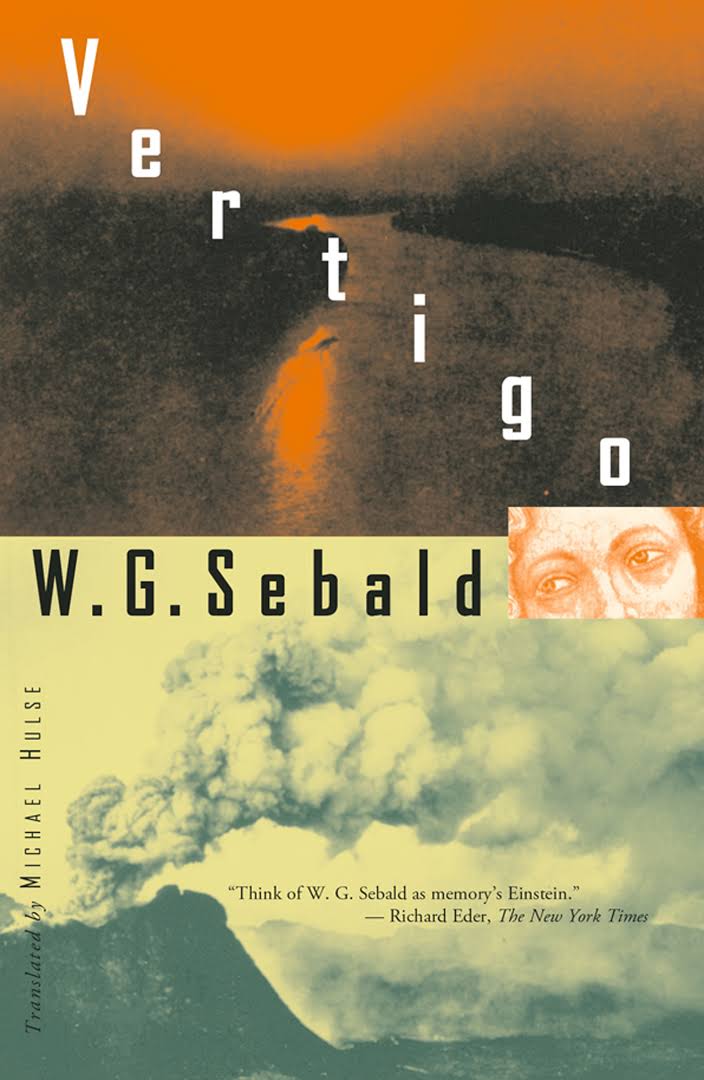
I’m not sure if I have anything more to say about Sebald than I have said in previous reviews. I do believe that Sebald became a better writer as he developed. But I have also enjoyed reading his earlier work. As I have been thinking about him, I think Austerlitz may be my current favourite novel of all time, which is a bit surprising for me since for so long I found it impossible to pick a favourite novel from among all the favourites I have (I think I was probably 21 or so when I last had a favourite novel of all time, and I think that novel was Les Miserables).
3. The Skin by Curzio Malaparte.
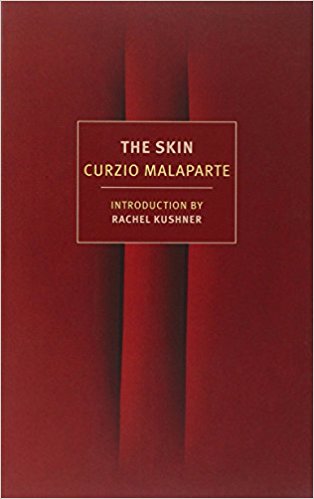
Malaparte – who chose his pen name in contradistinction to Bonaparte – wrote as an Italian who was once a fascist but who was liberated by the Americans and became a liaison officer with the Allied troops in Naples (I didn’t plan on reading another book about Naples after finishing Ferrante’s series but it just kind of happened that way). It’s a stark account of how horrific it is to be liberated by a foreign (and oh-so-morally superior) army and Malaparte doesn’t hold back—sex workers buy wigs blond pubic wigs to wear because certain American soldiers prefer that, child prostitution takes off (the Americans take this as proof of the degeneracy of Europe but Malaparte points out that child prostitution wasn’t a thing in Naples until the Americans got there), Jews are crucified, and at one point a little girl may have been served to the Allies for dinner. It’s hard to know when Malaparte is recounting what he witnessed and when he is embellishing upon what he saw. In wars, all things are plausible. He writes very well and reminded me more of Céline (whose writing I very much enjoyed) than of Kosinski (whose writings I did not enjoy), although he could be compared to either. Like both, Malaparte holds to some problematical assumptions (about race, gender, and sexuality… and that’s putting it lightly in terms of all three authors). But, like Céline, he finds a way of speaking about horror while maintaining a sense of humanity, of trauma, and even of humour (the kind that often goes with trauma, that kind that few writers are able to express well). He also writes passage after passage that one wants to read aloud and share with others. And unlike Kosinksi, who also writes of horror, Malaparte never seems to revel in the horror or present the horror strictly for the sake of horrifying. Malaparte’s writings are shot through with his grief and his love of his land and his people, for whom he mourns. He is a man who weeps as he toasts his liberators. This is recommend reading if you can handle the subject matter. Kaputt has now moved pretty high up my “to read” list.
4. The Passion According to G. H. by Clarice Lispector.

Not the first story of existential crises, anguish, and breakthroughs inspired by a roach, but it may be the first story of this sort since Kafka where the roach at hand is a cockroach. I don’t really know how to do justice to this book with a review. The writing is incredible and highly quotable. The story dragged a little over the last half but I enjoyed it very much. I plan to dig into Lispector’s other novels very soon.
Movies
1. Black Sunday (1960) directed by Mario Bava.

This is kind of like James Whale’s Frankenstein or Tod Browning’s Dracula but with more blood and guts (and bones). Watching The Love Witch made me want to go back and revisit some of the older works by praised Italian Giallo directors and this seemed a safe bet. Giallo really quickly got taken over by extreme presentations of sexual violence and I don’t have any interest in watching that, but this one was a bit of fun mindless entertainment. It’s also fun to watch an old black and white horror movie filmed in Europe where things like castles actually exist and can be used instead of a Hollywood set. I feel like the moral of this story is that if you ever come across the coffin of a witch, don’t accidentally break the cross on top of it and then bleed onto her decomposed face because she might then come alive and fuck your shit up. In the Age of Trump, that’s probably the kind of moral we all need to remember.
2. Beyond the Black Rainbow (2010) directed by Panos Cosmatos.
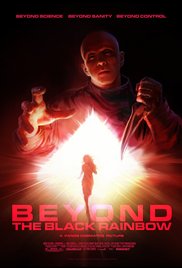
This is kind of like “Stranger Things” but for the film school crowd. It’s an extremely well done set piece with remarkable shots, costumes, and music and is so well done I kept forgetting that it wasn’t actually made in 1983 (I kept thinking, “this has really good special effects for a film made in the early ‘80s” and then remembering it was made in 2010). There isn’t much of a plot and the movie isn’t really dialogue driven (or self-explanatory in some parts) so it’s kind of up to the viewer to piece together how or what the story means, which requires a certain level of cognitive engagement that a lot of people don’t want to put in when watching films (I’m willing to go a certain distance with this but not overly far – this movie was alright, Goodbye To Language was too much for me). I did read a number of reviews and analyses of the movie after I watched it and, although they created adequate and plausible narratives to make sense of all the parts of the movie, I found them mostly dissatisfying because they tried to explain everything from a kind of outdated form of scientific rationalism. I prefer to think about the experiences of the various people in the movie in terms of how those people understood their experiences. Thus, for example, the villain speaks of having seen god (beyond the black rainbow) and this encounter with god shatters him (not only internally but also physically – his pupils are shattered and seem to bleed into his eyes… which was probably my favourite effect in the movie, although another scene of a dripping skull also stands out). Pretty much all the critics explain this as a bad drug trip that results in some acts of violence that transform a therapeutic, experimental drug company into something much different and more perverse. Instead of rushing to such an obvious explanation (such a plain reading?), I find it more interesting to think about the idea that seeing god would shatter us and, instead of elevating us or enlightening us, plunge us into the heart of darkness. All kinds of horrors arise, in other words, not because we have been godforsaken but because we have come too close to god and couldn’t bear that proximity.
3. The Bird with the Crystal Plumage (1970) directed by Dario Argente.

Having watched Suspiria and not really enjoyed the events of the film, while being simultaneously very impressed by the mood of the film (created by the sets, the costumes, the colours, the music), I thought I’d watch an older Argente filme (again inspired by watching The Love Witch). While this movie mostly (but not entirely) lacked what I really disliked about Suspiria, it also lacked what I liked about it. It all seemed fairly ho-hum and the actually plot was, well, come on now (which, granted, isn’t a strong suit in this genre of movie but when lacking the other elements that make the genre strong, you kind of hope a better plot might compensate for that). I’d give this one a pass.
Documentaries
1. Hotel Terminus: The Life and Times of Klaus Barbie (1988) directed by Marcel Ophuls.

I talked about this movie a lot in my post about loving and punching Nazis. It’s superb. Ophuls is amazing. Watch it. Watch his other movies. If you find ones by him I haven’t seen, watch them with me.
To be honest, I never thought I’d get into watching movies related to WWII. When I was a kid, my dad was into watching WWII movies when we visited my mom’s parents and I remember watching some with him but never getting into them much. Most wars, unlike revolutions, haven’t interested me much. But Ophuls’ work really does feel very, very relevant to our context. As horrific as it seems to us (especially to us who like to forget how history — even of the worst kind — tends to repeat itself), the kind of exploratory work Ophuls does, feels like a helpful guide to us now.
2. Newtown (2016) directed by Kim A. Snyder.
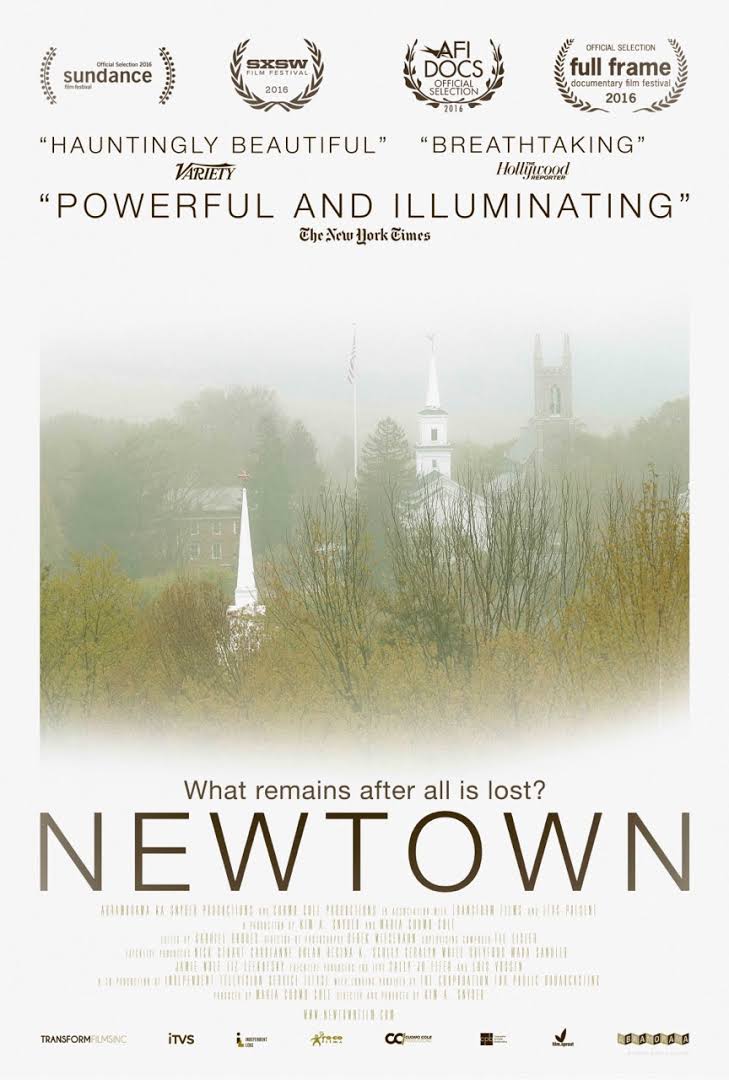
On December 14, 2002, a mentally ill man, shot and killed twenty 6-7 year old students and six adults at Sandy Hook Elementary school in Newtown, Conneticut. This documentary is an exploration of that event, especially as viewed through the eyes of families who had lost children and of first responders who were on scene that day. I very much respect Snyder for presenting the material in the way that she did. The presentation is thoughtful, sensitive, and (in my opinion) non-exploitative. This is a difficult thing to do with this kind of subject matter and I think she succeeds. This does not mean it is easy to watch. It is tragic, sad, heart-breaking and speaks to irrevocable losses, to wrongs that cannot be made right, and to harms that can never be undone, even as people survive, continue to find meaning in life (sometimes in new ways), and seek to build up their lives, and advocate for a better world where shootings like this are not so easily possible (the advocacy fails to get anywhere).
However, I watched this documentary shortly after completing my research paper on the Mohawk Institute, where hundreds of Indigenous children were killed (either by violence or by disease, exposure and malnutrition), which was one component of a residential school system that killed thousands of 6-7 year old kids. Those who survived, survived torture. But we never had home videos of those kids playing with their parents. And we never saw how sad and lonely their siblings were after the dead were gone. And we never saw just how shattered their idyllic homes were (not idyllic like the rich, white suburban homes in Newtown but idyllic in the sense that records have come to light that many Indigenous kids were not only healthy but healthier than settler, white kids when they first arrived at the schools… and, yeah, idyllic in the sense that, hey, here are kids being raised by loving parents in a culture where people didn’t even think to hit their kids until Europeans came along and taught them how to do so). So Newtown becomes the great American tragedy and the kids, the kids we stole, and infected, and twisted, and slaughtered, we don’t think of them at all. And God pity an Indigenous person who is out late at night and happens to cross paths with a group of settlers (even now, even today) who have been drinking.
Because of your post I decided to pick up The Skin as well as Living at the Edges of Capitalism. Both, thus far, have been great reads. Thanks for the great reviews!
Changing the world one book review at a time!